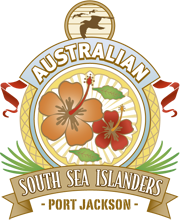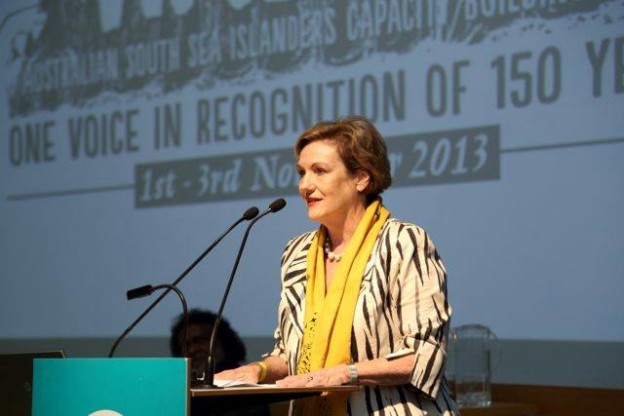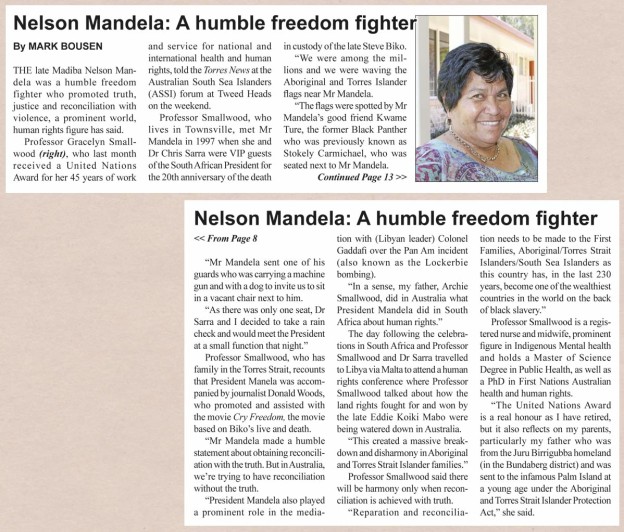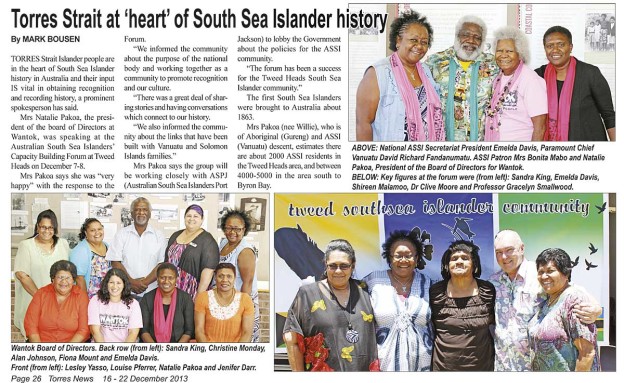The first national Australia Day was held 100 years ago and involved, among other things, a war canoe from the Solomon Islands.
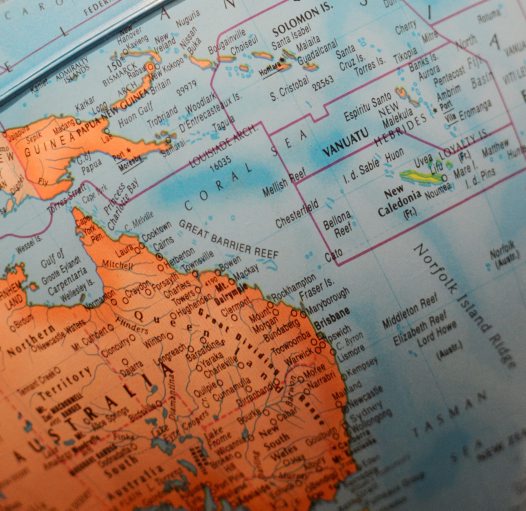
Scott Mitchell © Australian Museum
For some people, Australia Day evokes thoughts of Governor Phillip, Circular Quay and red-coated soldiers saluting the British flag. For others, it’s the beach, the barbecue and the public drunkenness lamented in the media each year.
It probably wouldn’t make you think of a traditional head-hunter’s war canoe from the Solomon Islands, and yet there is a connection, not only to Australia Day, but to that other national icon, the ‘Australian crawl’ swimming stroke. Neither Australia Day nor the Australian crawl are quite what they appear.
Australia Day
As we all know, Australia Day officially commemorates the arrival of the First Fleet of British ships at Port Jackson and the first raising of the British flag there by Governor Phillip. Anniversary commemorations began early: 26 January was noted in Sydney calendars and almanacs by 1804 and an official annual commemoration had begun by 1818.
In some respects these early celebrations resembled the Australia Day holiday of today, with a regatta on Sydney Harbour, celebratory dinners and, according to the Sydney Herald in 1838, a degree of public ‘drunkenness and riot’.
But unlike today the event was called Foundation Day or First Landing Day, the name ‘Australia’ not yet being in general use. And unlike today the celebration had a distinctly British character, with toasts at the annual dinners commemorating such British institutions as ‘The King’, ‘the Queen’, ‘the British Army and Navy’, and ‘the Mother Country’.
The twenty-sixth of January or Anniversary Day long remained a Sydney rather than national event as each self-governing colony celebrated the date of its own foundation. Even after Federation in 1901, the now united states and territories continued to celebrate their separate anniversary dates (and some still do).
Despite various efforts to create a national day of celebration, the first nationwide Australia Day was not established until the First World War. Fuelled by national pride and patriotic ardour for the Gallipoli campaign, the first nationwide Australia Day was held on 30 July 1915. It was marked by parades, public concerts and other activities across the country to raise funds for the Red Cross and wounded soldiers.
The event was not repeated, and it took another 20 years before the various state and territory governments agreed to celebrate a united Australia Day on 26 January 1935.
But it was on this first national Australia Day in July 1915 that Harry Wickham and his canoe enter this story.
The war canoe and the great Australian crawl
Harry Wickham was born in the Solomons in 1882 on the island of Hobopeka in Roviana Lagoon. The son of an English plantation owner and Melanesian woman from Bougainville, Harry lived closely with the local people, including the local ceremonial and war leader, Chief Hingava. Roviana Lagoon was widely known for the large scale, ritualised headhunting carried out by its residents, and Chief Hingava was one of its fiercest proponents. Using tomoko or war canoes, large parties of up to 500 warriors from Roviana Lagoon raided islands throughout the western Solomons, returning with human heads and slaves.
Not surprisingly, these events made a vivid impression on the young Harry Wickham: later in life he recalled seeing canoes full of warriors and their victims returning from the raids ‘… ornamented with many smoke-dried human heads, the eyes and ears inlaid with mother of pearl’.
Just like the other children, Harry swam and dived in the lagoon, learning an overarm swimming stroke and kicking-leg movement known locally as tuppa te pala. Sent to boarding school in Sydney at the age of six, he became a regular swimmer at Bronte Baths, bringing the distinctive stroke with him. Onlookers, who were more familiar with what we would now call the breaststroke and the ‘dog paddle’, were astonished. One eyewitness reported that he ‘… swam with his head held fairly high, turning it quickly from side to side breathing with each complete stroke, his woolly head apparently not getting wet … his arm action was very fast …’.
A few years later Harry was joined in Sydney by his younger half-brother Alick who gained attention with the stroke in an under-10s race at Bronte. The prominent swimming coach George Farmer reportedly exclaimed, ‘Look at that kid crawling!’ – spawning the name Australian crawl, the world’s fastest swimming stroke, which evolved into the freestyle stroke we know today. Alick went on to become a champion swimmer and diver.
The stroke was taken up by champion Australian athlete Dick Cavill, who set a new world record at an International Championship in England in 1902. Nearly a third of the 143 Olympic gold medals subsequently awarded to Australia have been in freestyle, making it our most successful Olympic sport. Fittingly, one of our greatest Olympic swimming champions is Tracey Wickham, a distant relative of Harry.
Return
After finishing his schooling in Sydney, Harry returned to Roviana Lagoon, working as an accountant, establishing a copra plantation and starting a large family (with six wives). By the time he returned, the colonial authorities had discouraged the practice of headhunting, with the last raid from Roviana occurring in 1902, just as the Australian crawl surged onto the international stage.
Local people maintained the knowledge of how to make the tomoko (they are still made today), and Harry commissioned one in 1912 for the Christmas races at the local Methodist Mission. In 1915 he despatched the war canoe to Sydney as a contribution to the first national Australia Day, a fundraising effort by the Australian Red Cross for wounded soldiers at Gallipoli. The canoe was placed on display at the Australian Museum and the Red Cross Committee agreed that if £1000 was subscribed, the canoe would be handed over to the Museum Trustees, which it eventually was.
At more than 14 metres in length, made from stained black timber planks and inlaid with long lines of dazzling white shell, the canoe became a favourite for generations of Museum visitors until it was taken down and placed in offsite storage in the 1980s.
Credit
While most schoolboy sporting careers are quickly forgotten, Harry might well have pondered how a Melanesian swimming stroke first demonstrated by Solomon Islanders came to be known as the Australian Crawl. Just before his death in 1962, he told a journalist, ‘It’s a pity the true tale has not been told. It would be nice if Alick and I could get a nod or two in our direction for the way the world is swimming now.’
Perhaps it was the prevailing racial attitudes of the day. One of the first actions of the newly federated Australian Parliament in 1901 was to expel the 7500 Pacific Islanders recruited or enslaved by North Queensland sugar plantation owners, followed only six days later by legislation that ushered in the White Australia Policy.
Australia Day is our largest annual civic event, yet holds an ambiguous place in the minds of some Australians. Many Aboriginal people regard it as a day of mourning, rather than of celebration, and organisers have struggled to make the day relevant to all Australians, not just those with British origins.
In that context there is something quite revealing about the story of Harry Wickham and his canoe. Even in the early twentieth century, with the White Australia policy in full force, a Solomon Islander was able to contribute to events that have helped shape our national identity.
While Australia Day is an opportunity to celebrate our multicultural identity, it is also a chance to reflect on the less apparent multicultural identity of the past. Happily, generations of immigrants from the Pacific have since forged a successful place in Australia and, like Harry’s freestyle stroke brought from the Solomons, now represent a significant part of our cultural life.
Harry’s war canoe will eventually be back on display in what will be the Museum’s new offsite storage facility in western Sydney.
Dr Scott Mitchell, Head, Culture, Conservation and Consulting
Australia Day and the war canoe is an edited version of a story that first appeared in Explore magazine.
Further reading
S Aswani, 2000. Changing identities: Roviana predatory headhunting. The Journal of the Polynesian Society 109(1): 39–70.
A Jackson, 2008. Australia Day 1915. Australian Heritage (Autumn) pp 9–11.
E Kwan 2007 Celebrating Australia: A history of Australia Day. http://www.australiaday.org.au/australia-day/history/
G Lawson & R Evans, 1965. The Brothers Wickham showed the world a new way to swim. pp 17–20 in J Taylor (ed) Pim’s Pacific: Stories from the South Seas. Pacific Publications, Sydney.
C MacGregor & H Mackay, 2013. Boat in a bubble, pp 38–39 in Feathers of the Gods and other stories from the Australian Museum. Australian Museum, Sydney.
G Mackaness, 1960. Australia Day. Royal Australian Historical Society 45(5): 266–8
– See more at: http://australianmuseum.net.au/blogpost/Museullaneous/Australia-Day-and-the-war-canoe#sthash.T4VrIeTC.oGRO7xCP.dpuf
